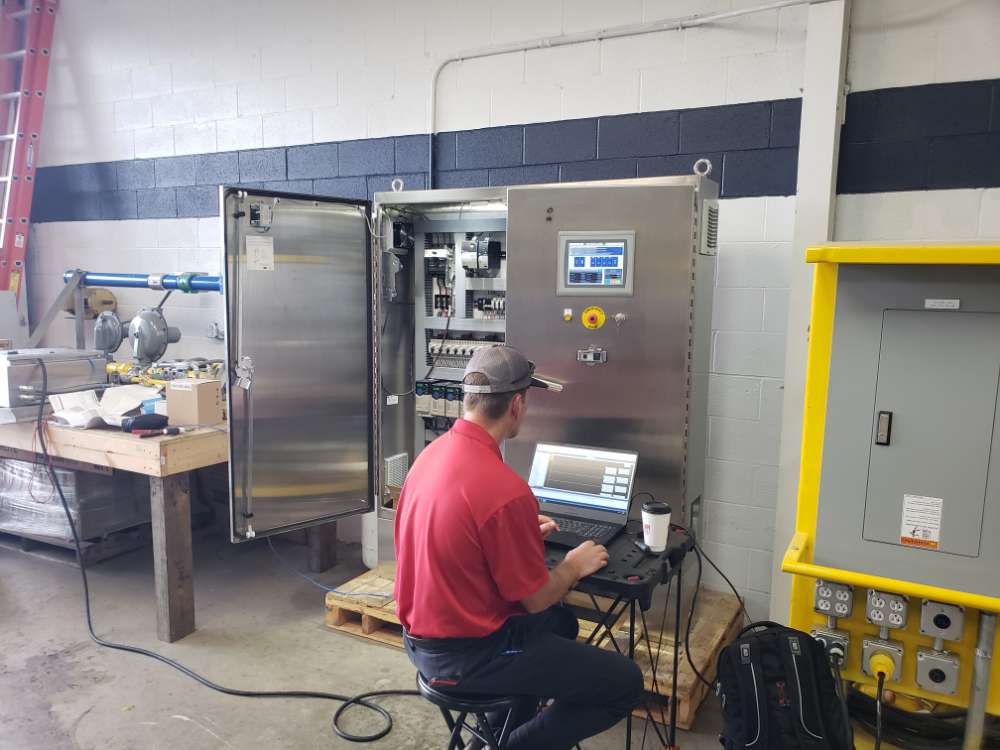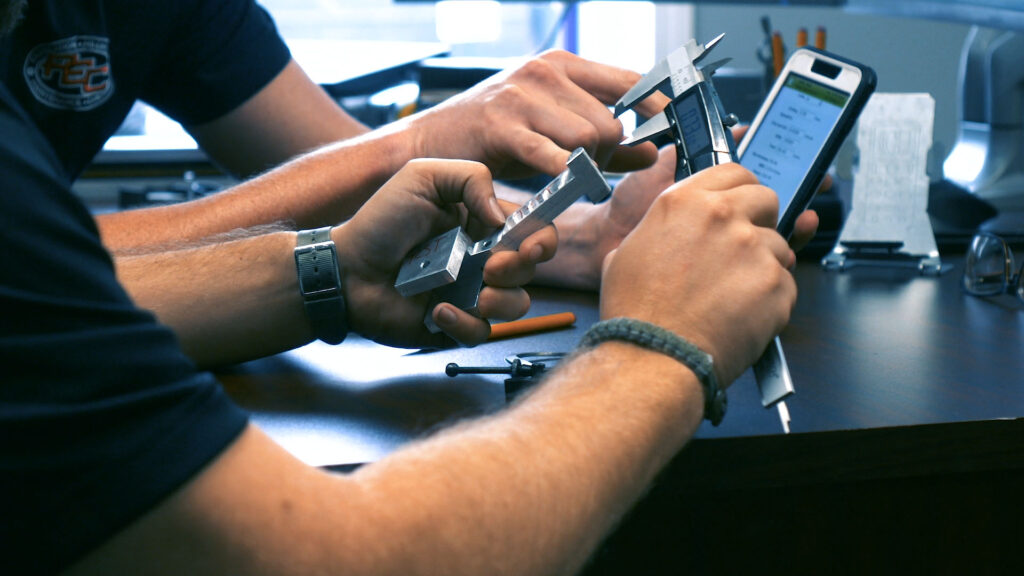
When you’re running a facility, it’s crucial to pay attention to maintenance and management. As your equipment and assets age, they need to be cleaned, maintained, repaired, and eventually replaced. So, what is facility maintenance, and why is it so important? Read on to find out more.
Facility maintenance is a set of activities you perform to keep your equipment and building working properly. This process includes inspections, assessments, estimates, and data analysis that help you and your team stay on top of any issues. By combining preventive maintenance with corrective actions, you can ensure that your facility’s assets remain in good working order.
Adopting modern automation technologies can help you achieve this goal as you work towards minimizing downtime and maximizing operational efficiencies at your facility.
1
You have a duty to ensure a safe work environment at your facility. A proactive maintenance program is a big part of making this happen. Regular inspections and maintenance activities help prevent equipment failures that could endanger personnel.
2
Facility managers need to protect their investment by ensuring that assets and equipment stay in good working order for as long as possible. Regular inspections help avoid potential problems with assets and machinery, which is a key part of our facility maintenance definition.
3
Commercial buildings need to support efficient and productive working environments. Facility maintenance ensures that everyone onsite can use the space easily and effectively. It also helps cut down on waste by making sure that green energy solutions are working properly.
4
It’s much more cost-effective to maintain your assets than to replace them when they break down. Regular maintenance can prevent equipment failures, saving you money in the long run. Also, making small repairs keeps your assets operational, while replacing damaged components often means taking equipment offline until the replacement is complete.

Facility maintenance can be broken down into several main categories. Understanding these types helps you make better decisions about your facility, including the kinds of facility maintenance workers you need and the building systems you will deploy.
1
Corrective maintenance involves fixing problems after they occur. For example, if one of your HVAC units isn’t working, you send a maintenance technician to repair it, minimizing downtime but not eliminating it completely. This type of maintenance is essential for keeping your facility operational, but it shouldn’t be your only strategy.
2
Preventive maintenance is a proactive approach. Instead of reacting to problems after they happen, you, your teams, and your systems work to identify issues ahead of time, stopping them before they get out of hand. This approach helps minimize downtime and extends the life of your equipment.
3
Predictive maintenance uses data and analytics to predict when equipment failures might occur. By analyzing patterns and trends, you can schedule maintenance before a problem happens. This approach helps minimize downtime and extends the life of your assets.
5
Risk-based maintenance involves prioritizing certain maintenance tasks over others based on risk assessments. You evaluate the likelihood of equipment failures and their potential impact on your operations. Maintenance resources are then directed where they are needed most.
5
Condition-based maintenance uses smart technology and software solutions to monitor equipment conditions in real-time. When certain conditions are met, such as a temperature increase or unusual vibration, a maintenance event is triggered. The task is either sent via a notification and handled manually or executed automatically by a maintenance system.
Routine maintenance work involves tasks carried out on a regular schedule. But what should this schedule look like, and how often should these tasks be performed?
There’s no one-size-fits-all answer. Consider the following when scheduling maintenance programs:
At PEC, our team can help you understand these scheduling requirements better. We can work with you to organize your maintenance resources effectively, deploying a mix of manual and automated solutions to optimize your commercial buildings and their infrastructure.

Emergency repairs need to be addressed outside of your regular maintenance program. These are urgent repairs that cannot wait until the next scheduled maintenance.
Examples include:
Assessing urgency depends on the vigilance of your maintenance and facility management teams, as well as the smart systems you deploy around the work environment.
At Process Equipment & Controls (PEC), we understand that every facility is different and has unique maintenance needs. That’s why we offer a customizable approach to facility maintenance, working with your team to devise the right program and solutions for your specific needs.
We adhere to international facility management standards, ensuring that our practices meet global best practices. Our team includes members with Certified Facility Manager (CFM) credentials, so you can be confident that we have the knowledge and expertise to help keep your facility in top shape.
Our services include:
In addition, we offer a full range of maintenance services, from HVAC units and electrical systems to plumbing and building maintenance. So whether you need someone to handle all of your facility’s maintenance needs or just want a partner to help with certain aspects, we’re here to help.
PEC’s team of experienced professionals can help you with all your facility maintenance needs. We can develop standard operating procedures and maintenance schedules tailored to your specific requirements. We also offer a wide range of services, from preventive maintenance to emergency repairs and replacements.
At PEC, we’re committed to helping you create a safe, efficient, and productive work environment. With our expertise in facility maintenance and management, you can focus on your core business while we take care of the rest.